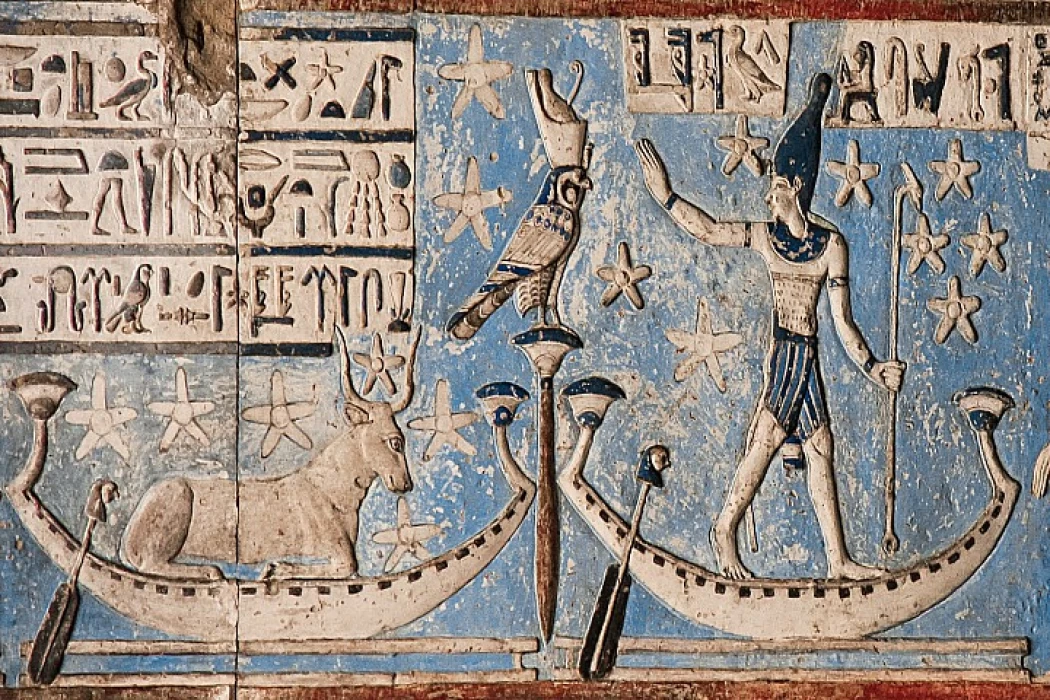Welcome to “Top Ten Egypt,” where we delve into the captivating history of this ancient land. Join us as we embark on an extraordinary journey to explore the realm of astronomy in Ancient Egypt—a civilization that gazed upon the night sky with awe and harnessed its knowledge for both practical and spiritual purposes.
The Importance of Astronomy:
In the vast expanse of Egypt’s ancient history, the study of the celestial bodies held immense significance. The ancient Egyptians recognized the patterns and movements of the stars, the Sun, and the Moon, which influenced their agricultural and religious calendars, navigation, and even their concept of the afterlife.
The Observation of the Night Sky:
Ancient Egyptian knowledge of astronomy was deeply rooted in precise observations. Priests, who served as both scholars and astronomers, meticulously recorded the movements of celestial bodies, creating a body of astronomical knowledge that would endure for millennia. They meticulously charted the annual flooding of the Nile and observed the regularity of astronomical events such as the heliacal rising of Sirius, signaling the beginning of the flood season.
Aligning with the Divine:
Astronomy in Ancient Egypt was intertwined with religion and spirituality. The Egyptians believed that the gods and goddesses resided in the heavens, and celestial phenomena were viewed as manifestations of their powers. The alignment of temples and pyramids with specific stars or celestial events was a testament to their reverence for the divine and the desire to establish connections between the earthly and the heavenly realms.
The Legacy of Astronomical Structures:
The enduring monuments of Ancient Egypt bear witness to their remarkable astronomical knowledge. One iconic example is the Great Sphinx, which aligns with the rising Sun on the spring equinox, symbolizing the cycles of life and renewal. The Temple of Karnak in Luxor boasts the Hypostyle Hall, whose columns were strategically positioned to align with celestial objects during significant religious festivals.
The Role of Astronomical Calendars:
The ancient Egyptians developed sophisticated calendars, heavily influenced by astronomical observations. The civil calendar, consisting of twelve months, was based on the lunar cycle, while the agricultural calendar relied on the annual flood of the Nile. These calendars guided agricultural activities, religious celebrations, and administrative planning, showcasing how astronomy was integrated into the fabric of everyday life.
Navigation and Timekeeping:
The Nile River served as a lifeline for trade and transportation, and celestial navigation was essential for ancient mariners. By observing the positions of stars and using simple instruments such as the merkhet, Egyptian sailors navigated the river, ensuring safe journeys and efficient transportation of goods. Additionally, the division of night and day, and the measurement of time, were also influenced by astronomical knowledge.
Delving into the world of astronomy in Ancient Egypt reveals a civilization deeply attuned to the celestial wonders overhead. Their meticulous observations, rich religious symbolism, and practical applications shaped their calendars, navigational strategies, and cultural beliefs. As you explore the wonders of Egypt with “Top Ten Egypt,” allow yourself to be captivated by the profound knowledge and awe-inspiring ambition of the ancient Egyptian astronomers.
Embark on a celestial odyssey with “Top Ten Egypt” as we navigate the luminous pathways of Ancient Egypt’s astronomical heritage. Uncover the secrets of their starlit skies, experience the alignment of the heavens and monumental structures, and marvel at the enduring wisdom that continues to inspire and amaze us to this day.



Comment (0)